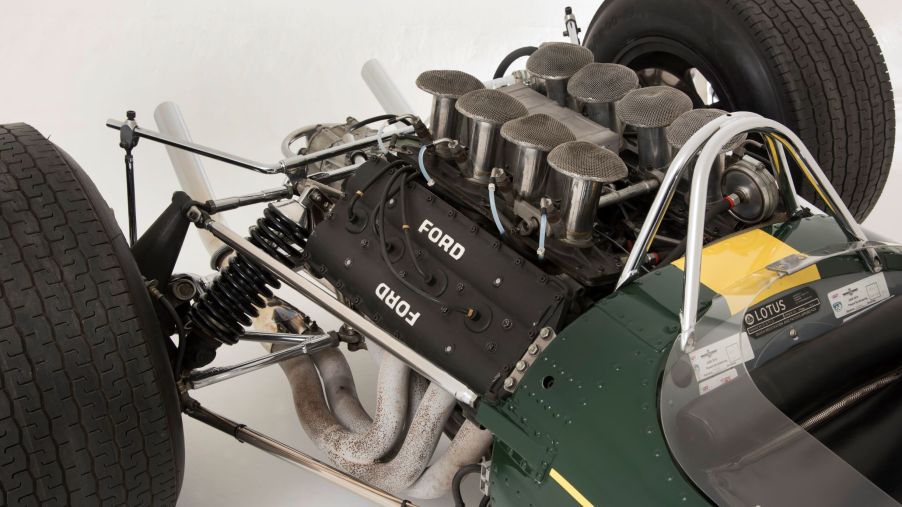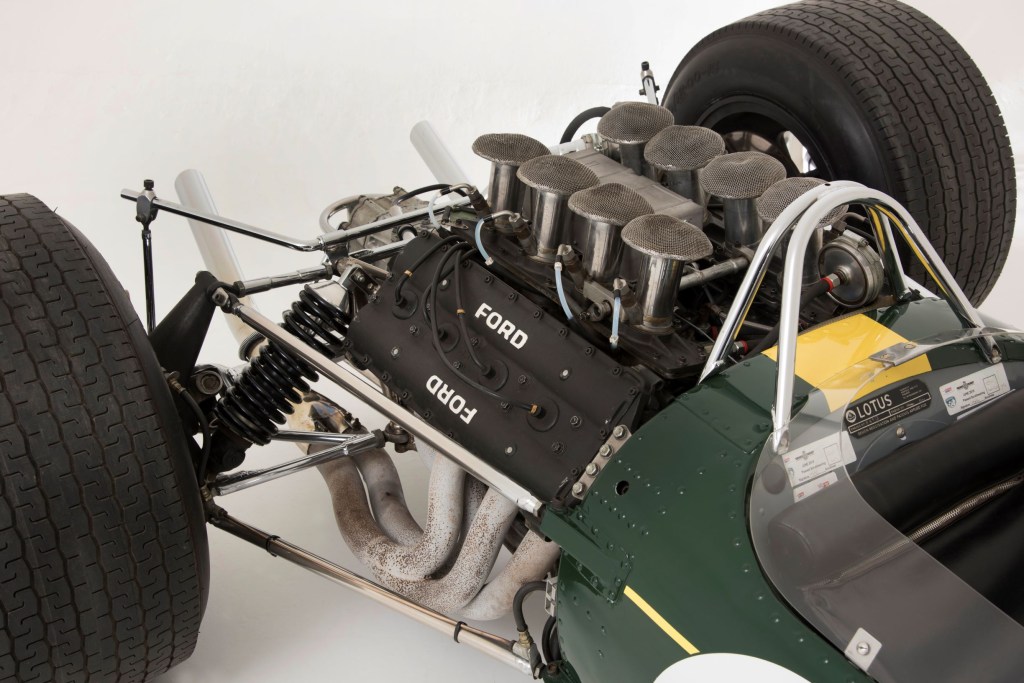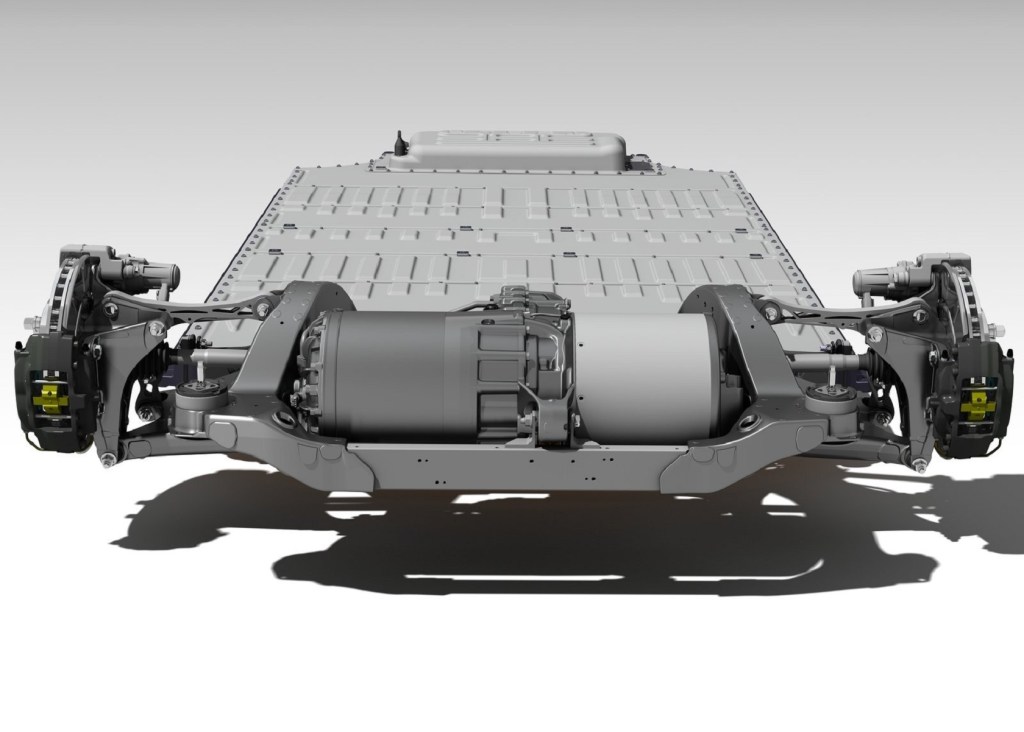
What Does It Mean When an Engine Is a ‘Stressed Member’?
Designing a car or a motorcycle goes far beyond just its looks. The suspension, the transmission, the engine—all of that and more is part of vehicle design. And when it comes to the engine, it’s not just a matter of cylinder count or its relative position. There’s also the option of making the engine a stressed member. But what exactly does that mean, and why is it often considered a plus point?
You’ll often see motorcycles with engines as stressed frame members

The phrase ‘stressed member’ often shows up in discussing motorcycle engines and frames. But not just modern ones, though. Yes, the 2021 Aprilia RS660 uses its engine as a stressed member, but so does the Vincent Black Shadow, Rider and Silodrome report. And many of Buell’s bikes also used their engines as stressed members, MCN reports. But what exactly does it all mean?
It’s all tied to motorcycle frame design, RevZilla explains. Originally, motorcycle and bicycle frames were virtually identical. This makes sense, given that the earliest motorcycles were bicycles with motors attached. But as engines became more powerful, the bicycle frame couldn’t keep up, RideApart explains. Instead, designers and engineers had to create stiffer frames specifically for motorcycles.

As a result, modern frames are significantly lighter and more rigid than classic ones. Especially as aluminum and carbon fiber have started replacing heavier steel. But while the Ducati Monster dropped its tubular trellis frame for 2021, its new Panigale-derived frame is still basically a series of interconnected tubes, BikeDekho explains. And purely from a physics standpoint, an engine is basically a metal tube, RevZilla explains.
That’s what it means when an engine is described as a ‘stressed member,’ Cycle World explains. Instead of being attached to the motorcycle frame via engine mounts, the engine is part of the frame. It literally bears some of the stress the frame experiences, CarBikeTech explains. This makes the frame stiffer, making for sharper handling, Cycle World explains. And as a bonus, these benefits come without a weight penalty.
But an engine can be a stressed member in more than just a motorcycle frame

The idea of the engine as a stressed member isn’t limited to bikes, though. While it’s not as common, car engines can be stressed members, too. It’s often seen in race cars like the Lotus 49 or cars inspired by racing.
For example, the Ferrari F50’s 4.7-liter V12 is “bolted directly” to the carbon-fiber tub “via metal subframes,” Automobile reports. And in the F50’s case, it’s not the engine that’s a stressed member, but the transmission, too. Pur Sang’s Bugattis, like the originals, also use the engine as a stressed member, Autoweek reports. Ditto the Aston Martin Valkyrie, Autoweek reports.

And it’s not just ICE cars that make use of the idea. The Tesla Model S’s battery pack functions as a stressed member, MotorTrend reports. Doing so not only improves rigidity but also lowers the EV’s center of gravity further improving handling.
It comes with some drawbacks
Although having an engine as a stressed member comes with many pros, it also has some cons.
On motorcycles, it often makes certain maintenance tasks more complicated, r/motorcycles sub-Reddit users report. And if you put too much stress on the bike, you could crack the engine case. Plus, building bikes like this is also more expensive.
These issues also apply to ICE cars with stressed-member engines, including the tight access, Road & Track reports. Cars also experience a more intense version of another problem: vibration. No rubber engine mounts mean there’s nothing to absorb the engine’s vibrations. It’s why Petrolicious describes the F50 as “not a good choice of automobile for the sciatically challenged.” The excess vibrations can be a problem on some bikes, but often designers put in counter-measures to quell them.
Follow more updates from MotorBiscuit on our Facebook page.


